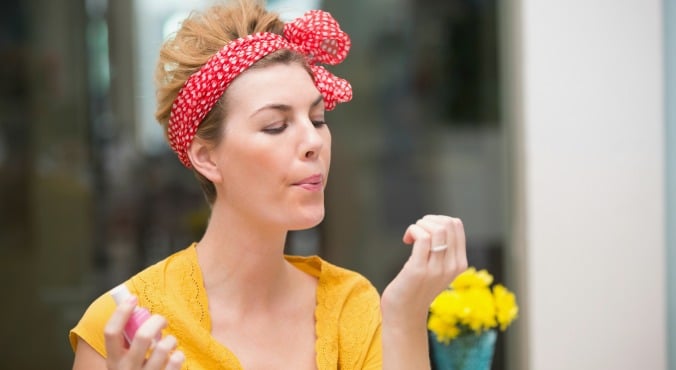
Image: iStock
Thu Quach, Stanford University
The desire for beautiful nails has fuelled an entire nail salon industry that’s growing rapidly, with storefronts cropping up on every major street across the nation.
Yet, the recent articles from the New York Times exposed an industry that’s left workers struggling both with unlivable wages and with damaged health. Everyone who enters a nail salon can be affected, yet the workers are the ones left entirely unprotected.
A chemical by any other name
Nail care products contain, in varying amounts, many toxic and potentially hazardous ingredients.
Chemical ingredients in nail care products range from cancer-causing compounds such as formaldehyde to others that disrupt the endocrine system. Researchers have identified toluene, formaldehyde and dibutyl phthalate – nicknamed the “toxic trio” because of their serious health impacts – as three chemicals of high concern for salon workers.
Toluene is a commonly used solvent that creates a smooth finish across the nail and keeps the pigment from separating in the bottle, but can affect the central nervous system and cause reproductive harm. Its major use is as an additive in gasoline.
Formaldehyde, a known carcinogen, is used as a nail-hardening agent and disinfectant for nail care tools.
RELATED: These nail salons’ dirty secret will make you sick to your stomach.
Exposure to dibutyl phthalate, added to polishes to provide flexibility, has been linked to reproductive problems. In addition to this trio, there are many other harmful chemicals used in nail care products.
Many nail salons lack adequate exhaust ventilation or multiple pathways – such as open windows and doors – to increase indoor-outdoor air exchange. Evaporated chemicals from nail products are often trapped inside salons, meaning workers are continuously exposed. So workers' exposure is amplified: first they experience direct contact with the chemicals in the products, then they continuously breathe in these chemicals within small, poorly ventilated salons.
